RobotLAB, Creator of VR Expeditions 2.0 Expands Its Educational Virtual Field-Trips Offering With Class VR
Expanding on the already rich virtual reality offering, RobotLAB announced its partnership with Class VR, cementing its position as the leader in VR/AR technology for the classroom.
 Image source: https://www.classvr.com/
Image source: https://www.classvr.com/
- 0 Comments
- Dec 7, 2020 12:22:35 PM
- Posted by Natalia Galvis
- Topics: EdTech, STEM, Curriculum, teachers, students, Technology, Edchat, Digital Technology, teaching, online, lessons, eLearning
Rise of the Robots: Human-Machine Interaction Enhances Tech Teaching
By Owen Edwards
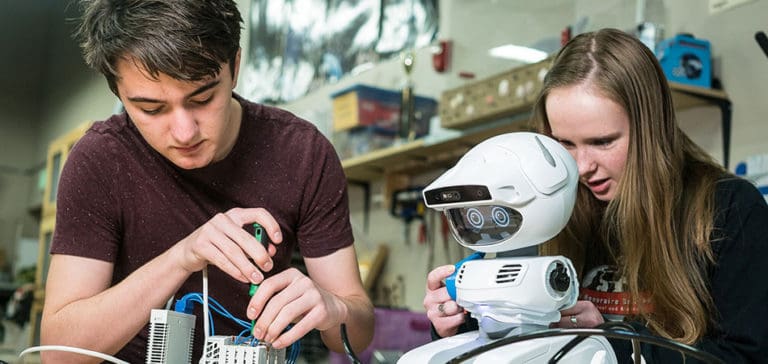 Image source: https://www.mistyrobotics.com/products/misty-ii/
Image source: https://www.mistyrobotics.com/products/misty-ii/
Simpler to build, less expensive to buy, self-activating machines are becoming indispensable teaching tools.
- 0 Comments
- Dec 7, 2020 10:00:00 AM
- Posted by Natalia Galvis
- Topics: EdTech, STEM, Curriculum, teachers, students, Technology, Edchat, Digital Technology, teaching, online, lessons, eLearning
A 2021 Definition of EdTech
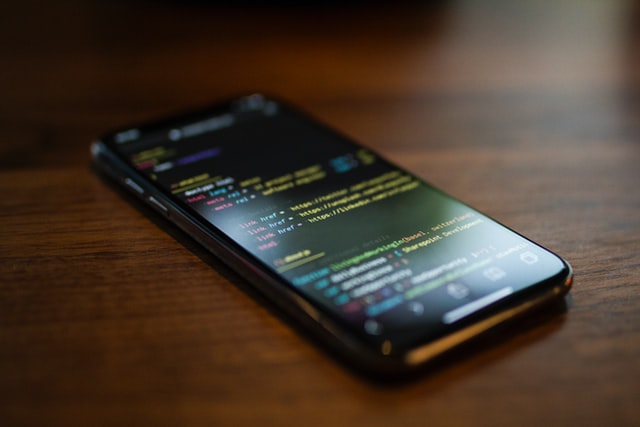 Photo by Caspar Camille Rubin on Unsplash
Photo by Caspar Camille Rubin on Unsplash
Edtech, or “educational tech,” is the utilization of apps and tech devices for the purpose of teaching and learning. Edtech can happen inside or outside of classrooms, at any time, and in any place. Most modern edtech involves the use of a wireless internet connection and an electronic device such as a smartphone, tablet, or laptop, or desktop computer.
- 0 Comments
- Dec 4, 2020 10:00:00 AM
- Posted by Natalia Galvis
- Topics: EdTech, STEM, Curriculum, teachers, students, Technology, Edchat, Digital Technology, teaching, online, lessons, eLearning
Using Teacher Community to Support STEAM Education
By Aaron Maurer

Image by StockSnap from Pixabay
STEAM education is possible during remote learning, and teacher communities can generate creative ideas to keep the learning moving forward
- 0 Comments
- Dec 3, 2020 10:00:00 AM
- Posted by Natalia Galvis
- Topics: EdTech, STEM, Curriculum, teachers, students, Technology, Edchat, Digital Technology, teaching, online, lessons, eLearning
Simple Ways to Incorporate Coding in Enrichment Classes
Young learners can develop understanding of coding concepts and computational thinking through visual art, movement, and music.
- 0 Comments
- Dec 2, 2020 10:00:00 AM
- Posted by Natalia Galvis
- Topics: EdTech, STEM, Curriculum, teachers, students, Technology, Edchat, Digital Technology, teaching, online, lessons, eLearning
4 Emerging EdTech Trends in 2021
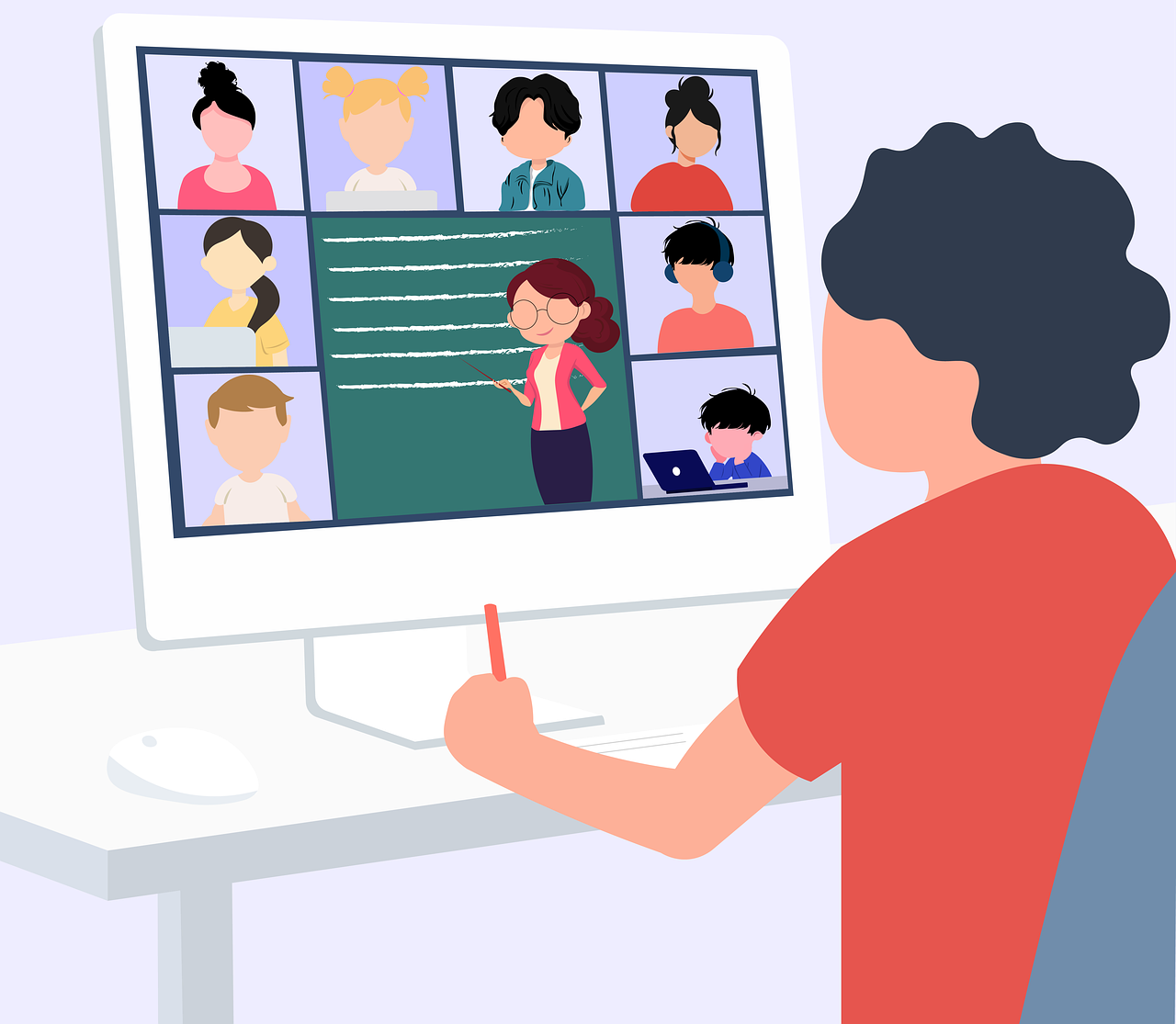 Image by Hatice EROL from Pixabay
Image by Hatice EROL from Pixabay
Covid-19 has not only changed education as we know it, but it has forced education technology (EdTech) to up its game. EdTech has been crucial since the start of this worldwide pandemic. Schools have used Google Classroom and other tools to teach their students and send them work. Parents and caregivers have used it throughout this time to help during homeschooling, and with new cases of Covid-19 ramping up, it seems EdTech is going nowhere soon.
Although there has been immense growth in this area in 2020, as EdTech companies competed for clients, there is still a lot more growth to come. Let’s have a good look at the four emerging EdTech trends in 2021.
- 0 Comments
- Dec 1, 2020 10:00:00 AM
- Posted by Natalia Galvis
- Topics: EdTech, STEM, Curriculum, teachers, students, Technology, Edchat, Digital Technology, teaching, online, lessons, eLearning
Online Program Brings Power of Immersive Space Simulations to STEM Learning
By Jane Gallagher
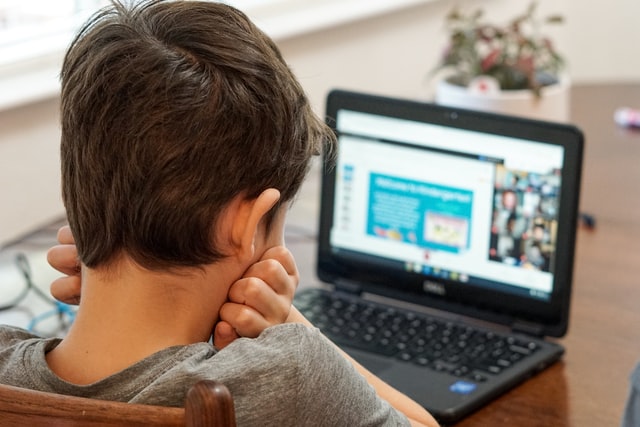 Photo by Thomas Park on Unsplash
Photo by Thomas Park on Unsplash
Online learning has increasingly become a viable option for schools and districts to provide their students with improved access to a greater number of the courses they need. Teachers are becoming more adept at incorporating online resources into their daily instruction, and the oldest K-12 online programs are now more than twenty years old. Hundreds of thousands of students are using online instruction either full-time, or to supplement their local school’s offerings. Today, students have many choices to utilize the power of online education to make learning personal and meaningful to them.
- 0 Comments
- Nov 30, 2020 10:00:00 AM
- Posted by Natalia Galvis
- Topics: EdTech, STEM, Curriculum, teachers, students, Technology, AR, Edchat, Digital Technology, teaching, online, lessons, eLearning
Can AR Be The Antidote to Virtual Classroom Shortcomings?
By PARKER MCDONOUGH.
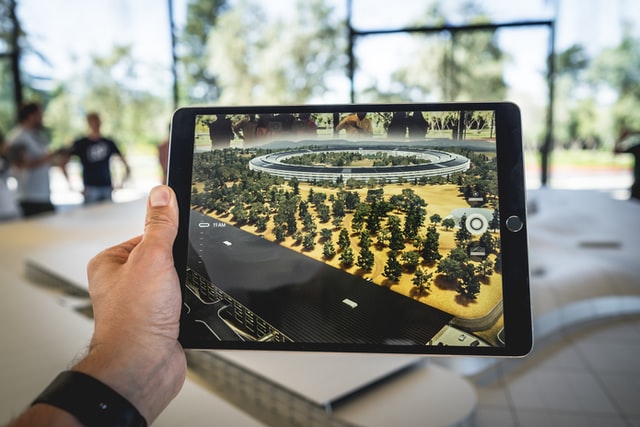 Photo by Patrick Schneider on Unsplash
Photo by Patrick Schneider on Unsplash
Distance learning can impede hands-on learning experiences, but AR has potential to increase virtual student engagement
- 0 Comments
- Nov 25, 2020 10:00:00 AM
- Posted by Natalia Galvis
- Topics: EdTech, STEM, Curriculum, teachers, students, Technology, AR, Edchat, Digital Technology, teaching, online, lessons, eLearning
How to Raise Your Kids to be Geniuses? 3 Science-Backed Techniques
By Shreiya Aggarwal-Gupta
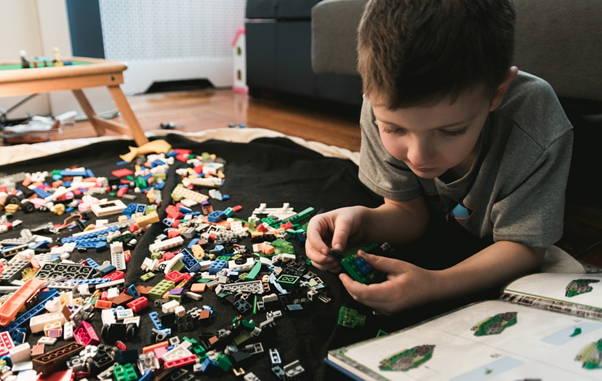 Source: Unsplash.com
Source: Unsplash.com
All the parents in the world have one goal in common: to help their children be the best at whatever they do. (Those who say they don’t will still read this article.)
The obvious place to test that out – at least on an intellectual level – is school. “Does my kid understand stuff better than others and show the propensity to retain and use information?” is a common question that comes to a parent’s mind, even if they don’t pressurize children to do well, by any stretch of imagination.
In my experience as an early education and STEM blogger, there is no guaranteed way to do this. But yes, there is a definite path you can handhold young kids along – it’s easier the earlier you start – and there are tons of science-backed activities you can try out to make your child that bit smarter than they’d otherwise turn out to be.
- 0 Comments
- Nov 24, 2020 10:00:00 AM
- Posted by Natalia Galvis
- Topics: EdTech, STEM, Curriculum, teachers, students, Technology, Edchat, Digital Technology, teaching, online, lessons, eLearning
An Alternative App To The Discontinued Google Expeditions Is Available For Educators
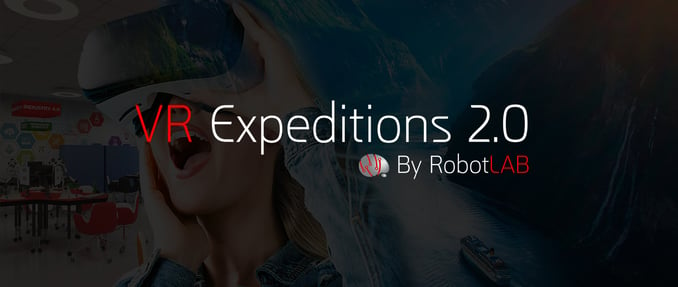
A long-time Google Expeditions partner, stepped up to fill the gap created by Google’s decision to sunset the popular app, introducing VR EXPEDITIONS 2.0
San Francisco, Nov. 20, 2020, - RobotLAB Inc., the leading educational robotics company, announced today the general availability of VR Expeditions 2.0 for classroom teachers. The company created the virtual field trip app and content management system in partnership with Encyclopedia Britannica, following Google’s decision to sunset the Expeditions App as publicly shared on Nov. 12, 2020.
- 0 Comments
- Nov 23, 2020 11:00:00 AM
- Posted by Natalia Galvis
- Topics: EdTech, STEM, Curriculum, teachers, students, Technology, VR, Realidad Virtual, Edchat, Digital Technology, teaching, online, Virtual Reality, virtual learning, lessons, eLearning
Relevant Posts
Popular Posts
Subscribe to Email Updates
-
I Want To Learn MoreADDITIONAL INFORMATION


 Image by
Image by 